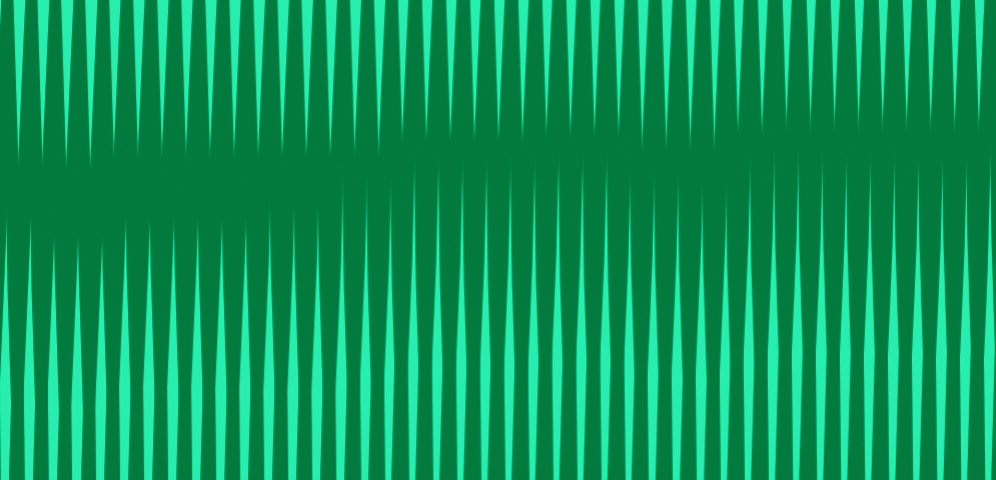Abstract
We live in sound, it is all around us. We are implicated in the social relationships and ideologies that we hear reflected back to us. Sound art offers the chance to critique the world that we hear, and to produce new and different possibilities. Are sound artists taking up the challenge of offering new ways of knowing or changing the world, and does this need new ways of listening and understanding? Can sound art act as a tool for radical change by ‘de-conditioning’ our listening and helping us cross linguistic, cultural, geographic, ethnic, gendered, specied and sexual prejudicial borders? This audio paper will consider how new listenings might lead to a richer, more inclusive sound art, that can embrace and celebrate difference.
Audio Paper
GO BACK TO FOCUS: Sound Art Matters
